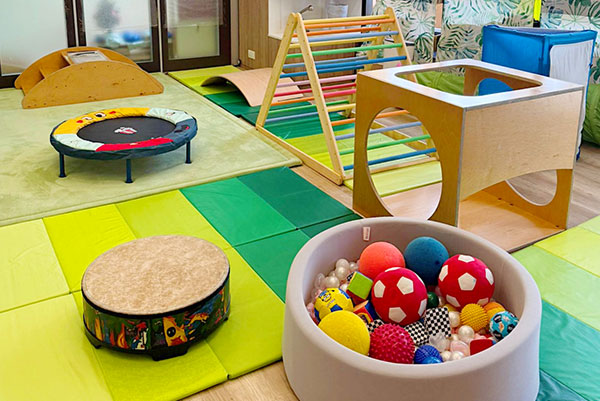ClassroomsLearning Environment and Design
The Reggio Emilia inspired approach has reinforced our belief that the space within the school (the environment) be considered the ‘third teacher’. Teachers will intentionally organize, support and plan the various spaces for children’s exploration and discovery.
'If the environment is the third teacher what language does she speak?' is critical to our belief that the environment gives children important messages and cues. In other words, the environment ‘speaks’ to children - about what they can do, how and where they can do it and how they can work together.
We have specific goals for children that support self-regulation (behaviour, emotion and attention), identity, social inclusion, health and well-being, language and thinking skills, physical skills, as well as the foundational knowledge and concepts needed for literacy and numeracy.
Although teachers will utilize various international curricula, it is important to note that they will follow a process of inviting and sustaining learning. Once teachers have prepared an environment rich in materials and possibilities, they observe and listen to the children in order to know how to proceed with their work. Teachers use the understanding they gain thereby to act as a resource for them. They ask questions and thus discover the children’s ideas, hypotheses, and theories. They see learning not as a linear process but as a spiral progression and consider themselves to be partners in the process of learning. After observing children in action, they compare, discuss and interpret their observations with other teachers to leave a map of what has been observed. They use their interpretations and discussions to make choices that they share with the children.









 Click for pdf version
Click for pdf version